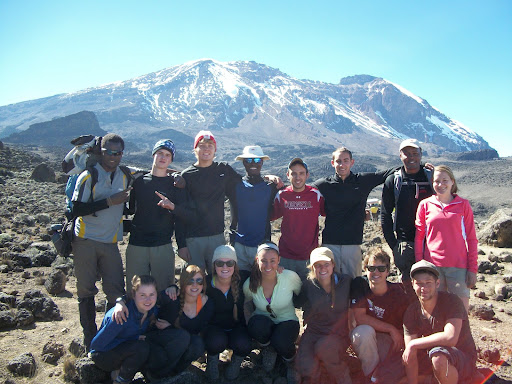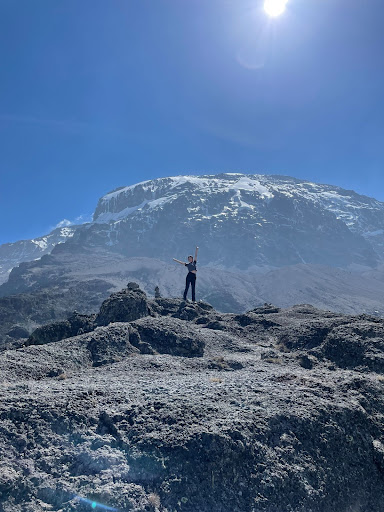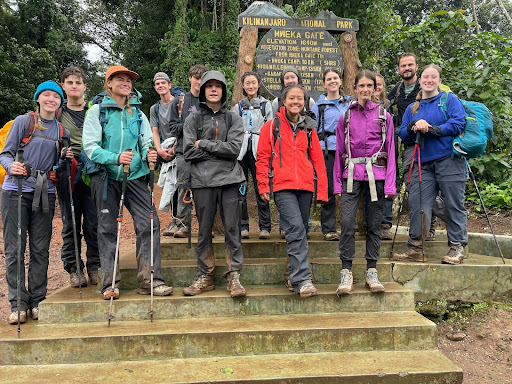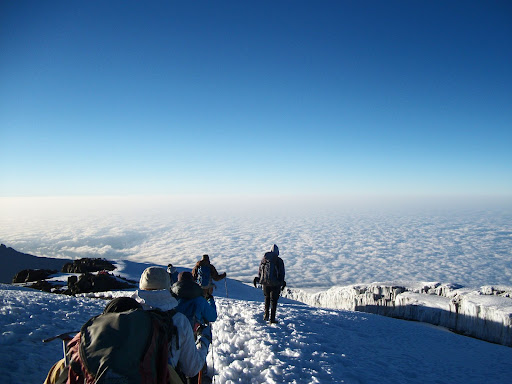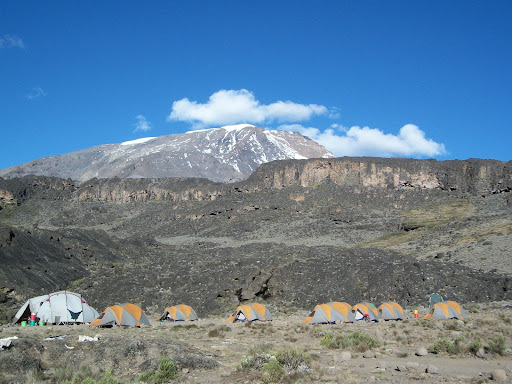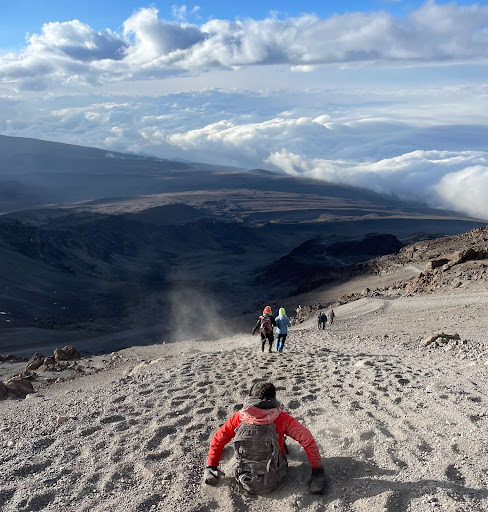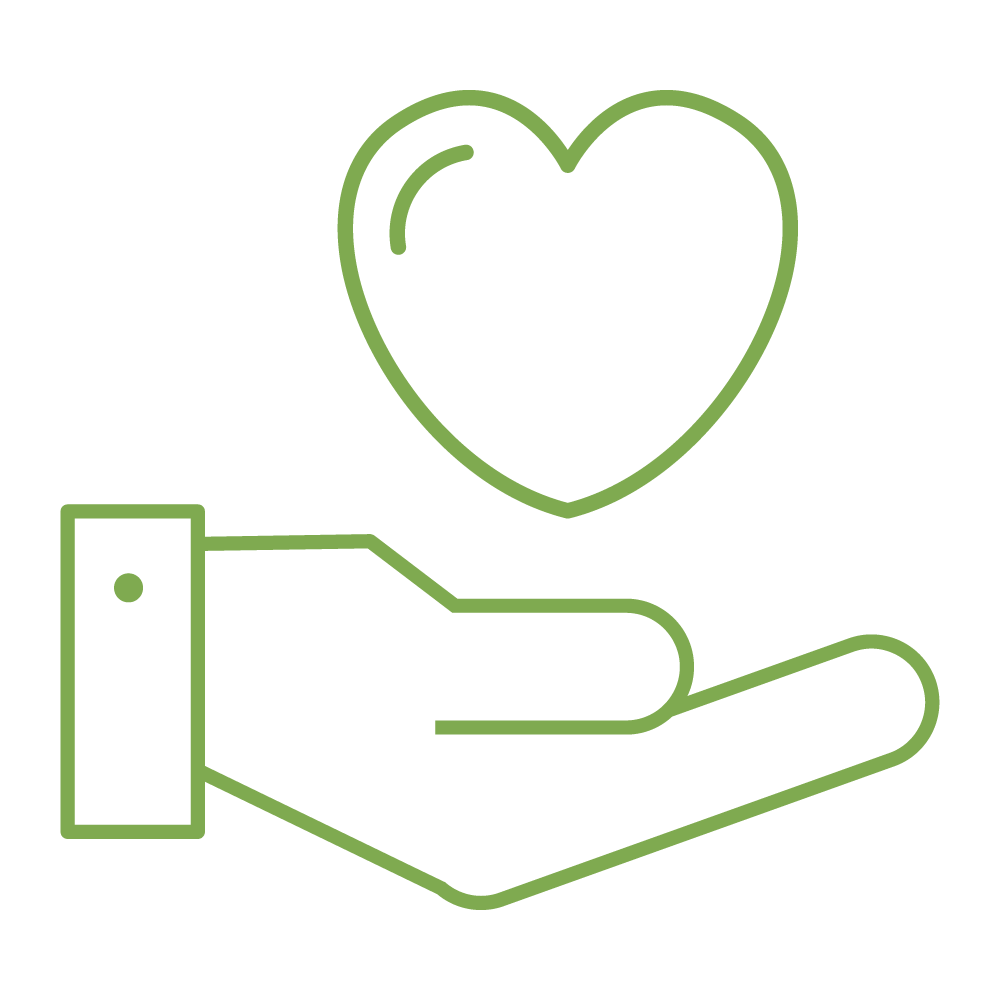Putney has a long history in Tanzania, traveling to the East African nation for our first Kilimanjaro climb in 1972.
Exploration Kilimanjaro is a Putney classic and we invite you to join us as we follow in the footsteps of the adventurous Putney climbers of 50 years ago! We explore the intersection of ecology, climate, culture, and local livelihoods in Tanzania as we embark on a bucketlist adventure to the “Roof of Africa,” followed by a multi-day wildlife safari through world-renowned Tarangire National Park and the Ngorongoro Crater.
With the new year upon us and summer in sight, we spoke with Innocent, a Kilimanjaro mountain guide and director of the trekking service with which Putney collaborates about why he became a guide, a bit about the mountain and our chosen route, how climbers can prepare, and what he hopes climbers take away from the once-in-a-lifetime opportunity to ascend Africa’s highest peak!
Q: Why did you decide to become a mountain guide? And we just have to ask, how many times have you summited Kilimanjaro?
A: I was born and raised in a small village on the lower slopes of Kilimanjaro, about 30 minutes by foot from the national park’s Mweka Gate. Growing up as a young boy, I was fascinated by all the climbers from around the world coming to climb Kilimanjaro. I always knew that one day I would like to be a guide and I started working on the mountain as a porter when I was still in primary school, doing this mostly on the weekends and when schools were closed. After completing school, I decided to train to become a guide. I don’t have an exact number but I estimate that I have summited Kilimanjaro over 250 times in my life.
Q: We hike through several climate zones on Kilimanjaro. Do you have a favorite zone?
A: Yes, there are several climate zones—agricultural lands near the park border, forests, heather, and moorlands, alpine desert, and the arctic zone. My favorite is the arctic, or glacier zone. I find Kilimanjaro’s glaciers to be very beautiful and I’ve really enjoyed exploring them during climbs.
Q: What type of volcano is Kilimanjaro?
A: Kilimanjaro is a dormant volcano, known as a stratovolcano, made up of ash, lava, and rock, which last erupted several hundred thousand years ago. It is made up of three cones: Kibo, Mawenzi, and Shira. The 19,340-foot Uhuru Peak is the highest point on Kibo (and Kilimanjaro overall) and the summit goal of the Putney group.
Q: The Putney group climbs the Lemosho-Southern Circuit Route. Why do you recommend this route?
A: I recommend this route because it is completed over eight days, giving the climbers more time to acclimate to the higher altitudes. Most people that fail to summit Kilimanjaro try to climb too fast and spend too few days on the mountain. The Lemosho-Southern Circuit Route lets us climb slowly and steadily, allowing our bodies time to acclimate as we push higher.
Q: What advice would you give to prepare for a successful climb?
A: I always tell people that climbing Kilimanjaro is possible for anyone who enjoys hiking, but they must prepare both mentally and physically. There are many ways people can prepare for the climb, be that walking, jogging, hiking, cycling, swimming, jump roping, stair climbing, rowing, or similar cardio or endurance activities. Your goal should be to exercise at a constant, moderate level of intensity, for a specified duration of time, and lengthen the period of exercise as you train and become more comfortable. Climbers should be prepared for a range of weather and temperatures, and expect to be on their feet for an average of at least eight hours each day, with a longer push on summit day.
Q: Is there something you hope climbers take away from their Kilimanjaro experience?
A: The biggest things I hope climbers take away are an appreciation for the natural world and a desire to become stewards of the environment. Growing up around Kilimanjaro and climbing the mountain for over 25 years has made me appreciate what nature has to offer in our lives. Unfortunately, I have witnessed and I’m still witnessing glacial recession on Kilimanjaro. I am concerned about the effects this will have on the livelihoods of people (including my own family) who live around the mountain and who rely on its watershed.
Give us a call (802.387.5000) or reach out to Exploration Kilimanjaro Program Director John Linsley (john@goputneydev.com) to learn more about joining one of our two climbs scheduled for this summer!





